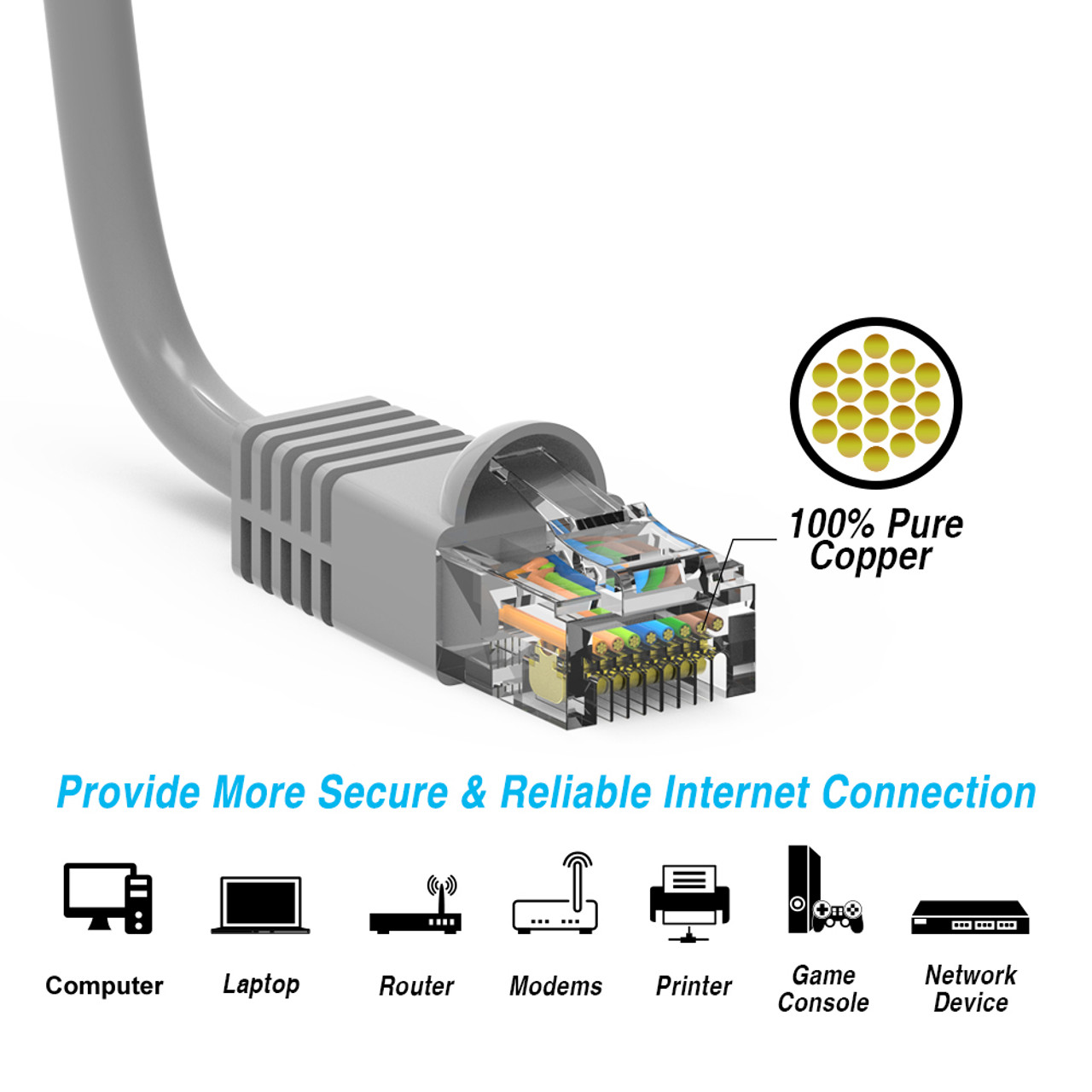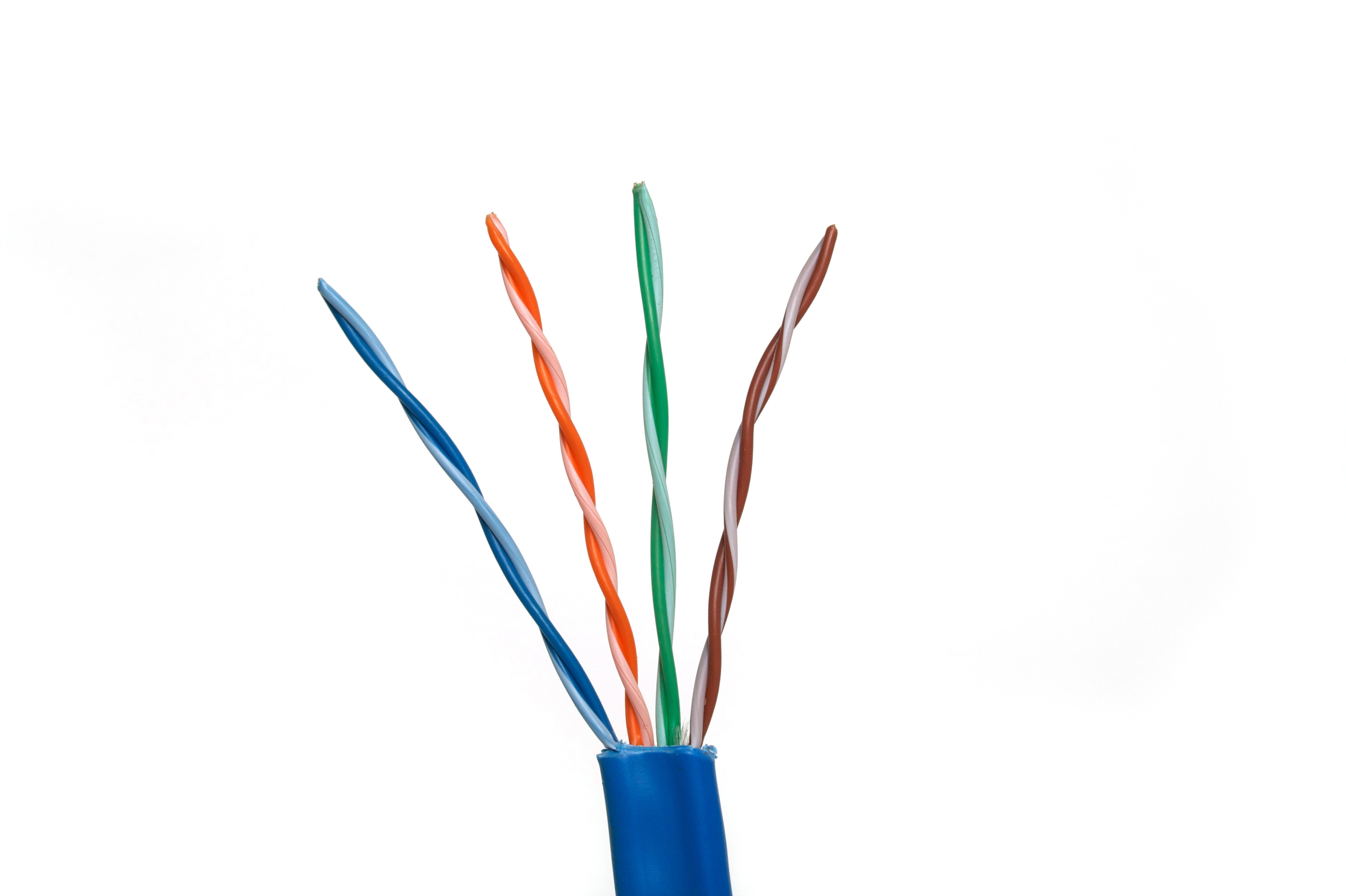Should I Upgrade from CAT5e to CAT6?
In the fast-paced world of technology, the demand for higher data speeds and improved network performance has never been more significant. As we rely more on our networks for work, entertainment, and communication, the quality of our network cables becomes increasingly essential. If you're considering upgrading from the trusty CAT5e to the more advanced Cat6, you're in the right place. In this article, we'll delve into the intricacies of these cables, their capabilities, and whether it's time to make the leap to Cat6 for your networking needs.

The Evolution of Ethernet Cables
Before we delve into the intriguing showdown between Cat5e and Cat6, let's embark on a brief journey down the Ethernet cable memory lane to better appreciate how we've arrived at this juncture of technological advancement.
Cat5e Cables:
The "e" in Cat5e stands for "enhanced." Cat5e cables represent an improved iteration of the standard Cat5 cables. Capable of supporting transmission speeds of up to 1 gigabit per second (Gbps) and transmitting data at a frequency of 100 megahertz (MHz), Cat5e cables have been a reliable cornerstone in networking for an extended period.
Cat6 Cables:
Cat6 cables up the ante with increased transmission speeds and enhanced interference protection. With the capacity to handle up to 10 Gbps at a frequency of 250 MHz, Cat6 cables have become a preferred choice for professional installations and tech enthusiasts. They set a new standard for Ethernet cables, catering to the growing demand for faster and more robust connections.
Understanding Cat5e and Cat6 Cabling
Let's break down the key differences between Cat5e and Cat6 cables to help you decide if an upgrade is in order:
Transmission Speeds
- Cat5e: Accommodates up to 1 Gbps, suited for most home and small office networks.
- Cat6: Supports speeds up to 10 Gbps, making it excellent for demanding applications like 4K video streaming.
Shielding
- Cat5e: Typically unshielded twisted pair (UTP), offering reliable performance but more susceptible to interference.
- Cat6: Often comes with shielding, reducing interference and maintaining signal integrity.
Cable Runs
- Both Cat5e and Cat6 cables maintain performance over runs up to 100 meters.

The Need for Speed
Should you upgrade from Cat5e to Cat6? The answer depends on your specific requirements and how you use your network. If your usage involves everyday tasks, Cat5e might suffice. However, for heavier data transfers and high-speed requirements, Cat6 could be a more future-proof choice.
The Bottom Line
While Cat5e cables have been reliable performers, Cat6 cables offer a significant performance boost, particularly for power users and data-intensive applications. If you're content with your current network speeds, an upgrade may not be necessary. However, for faster, more reliable connections, considering Cat6 cables could be a wise investment. The decision ultimately comes down to your unique networking needs. Evaluate your requirements and consider your future usage to make a choice that will keep you seamlessly connected in the ever-evolving digital world.

